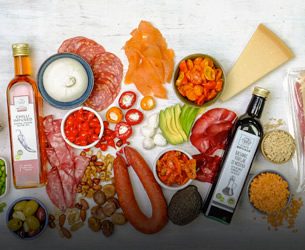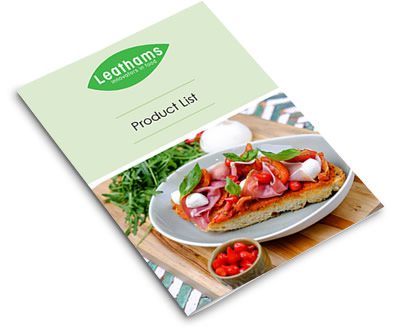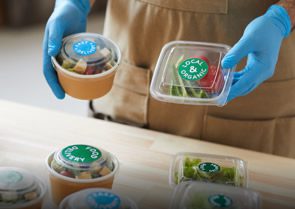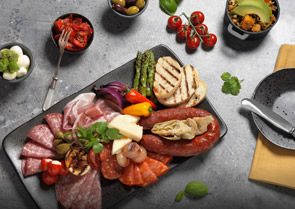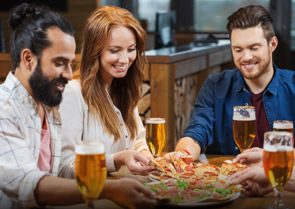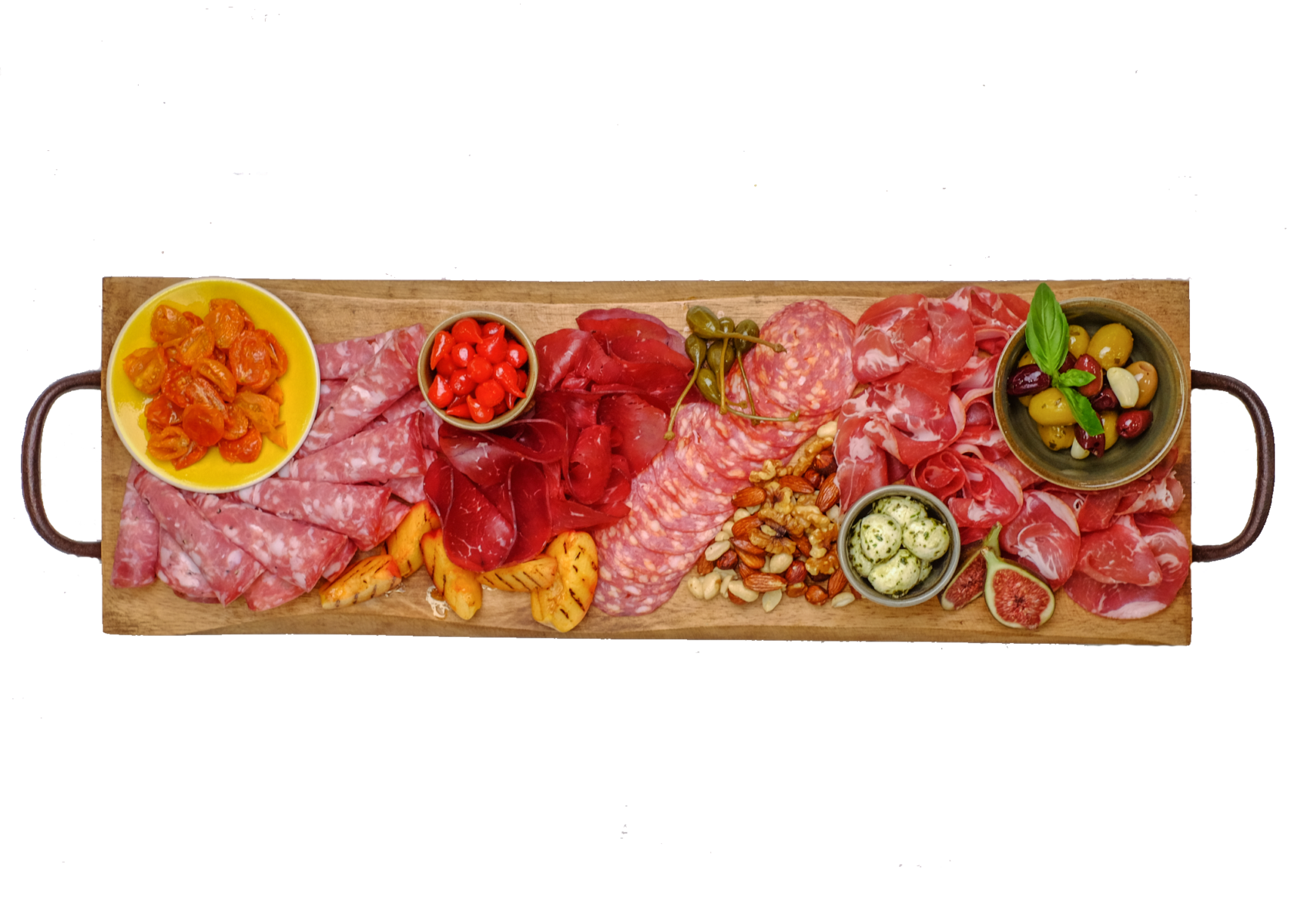What are the trends?
The eat out market is expected to return to net outlet growth in 2022, at a rate of +0.3% year-on-year.
Polarisation between occasion-led and convenience-led missions.
Post-pandemic recovery in daytime occasions is contributing to a decline in the more lucrative dinner occasion. Occasion-led channels – restaurants and pubs – are growing share of reduced dinner occasions, as consumers look to trade up on a less frequent missions. Consumers are opting for less expensive on-the-go lunchtime solutions, with retail and catering growing at the expense of coffee shops and QSR.
Local trade, premiumisation and delivery are key market drivers.
Growth in village/ countryside and high street share if occasions are offering local operators an opportunity to capitalise on greater consumer footfall in local areas. Delivery continues to account for just under a fifth of occasions, growing its share of the total eating out market to 12% in 2022, from 7% in 2019. When consumers do opt to eat out, they are increasingly choosing premium drinks and spending more.
Four trends driving restaurant growth:
Menu offerings featuring lighter dishes and inspired by world cuisines are driving outlet growth in the restaurant segment. Leading QSR brands remain focused on delivery while branded restaurant chains seek to give back to communities through charitable donations and continue to prioritise sustainable initiatives.
- Health- led offering
- World cuisine offering
- Delivery focus
- Focus on ethics and sustainability
Concepts to watch:
Acme Fire Cult, Dalston – London
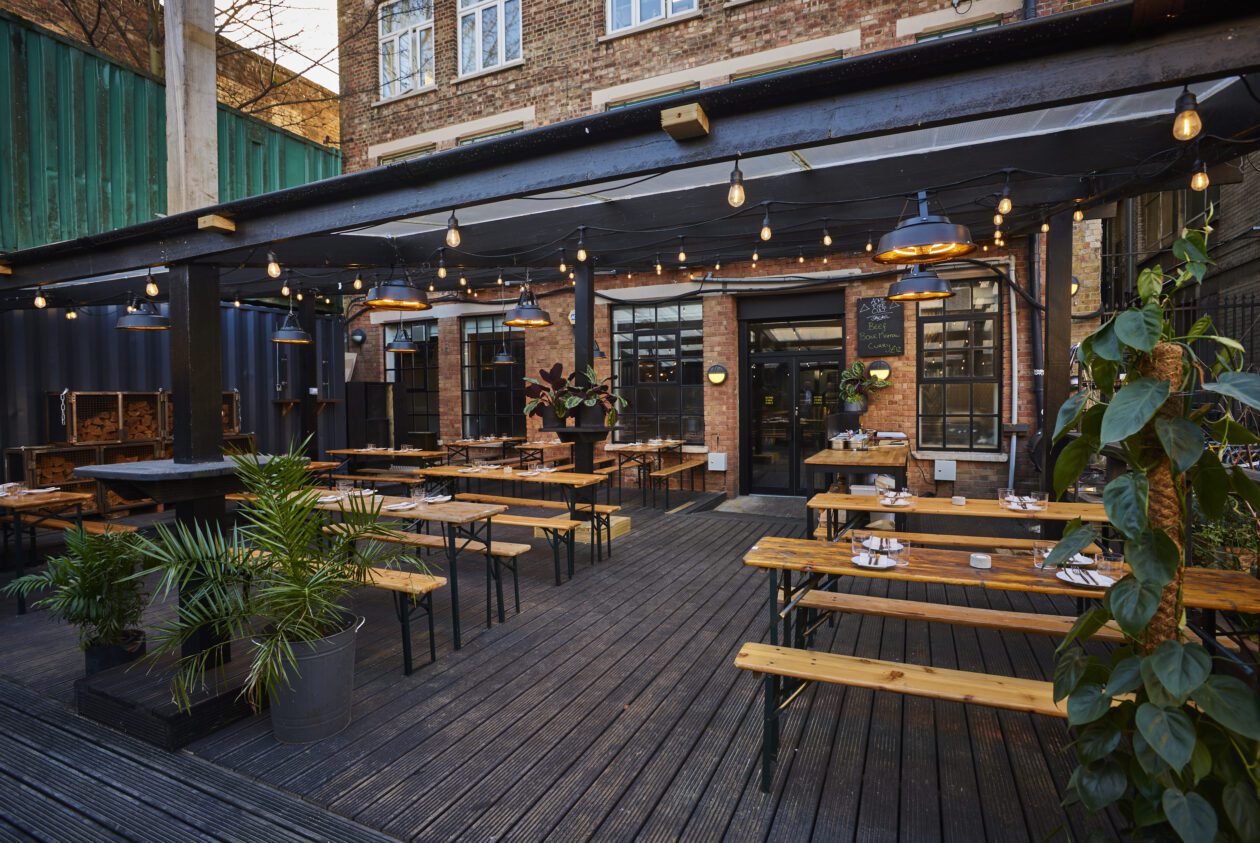
Acme Fire Cult is a live fire cooking concept set within Dalston’s 40FT Brewery. The restaurant takes its name from the Greek word akme meaning the point at which something is as its best of most developed. It offers globally-inspired menu alongside 40FT Brewery beers in a casual, industrial-themed setting. Its sustainable sourced, low-waste led, premium menu set it apart from other brewery restaurants. It will attract beer drinkers looking for something different to typically heavier and undifferentiated gastropub and brewery food offerings.
Black & Green, Barnt Green – Worcestershire
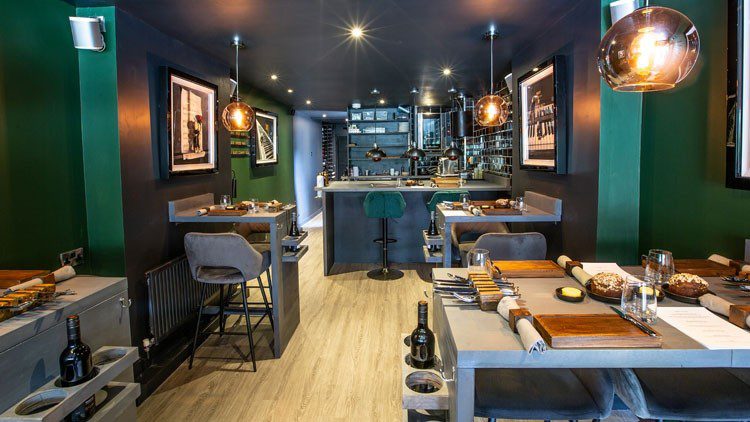
Birmingham-based About Dining group has launched Black & Green, a premium-led seasonal dining concept. The restaurant’s offering takes inspiration from European fine dining, bringing it to the Midlands. Black & Green lends itself to special and experiential occasion missions with it premium tasting menu with open kitchen allowing diners to watch as dishes are created. It will also attract diners who want to support local suppliers and try sustainable wines – across the pandemic 46% of consumers reported buying more locally sourced food.
Bun House, Camden – London
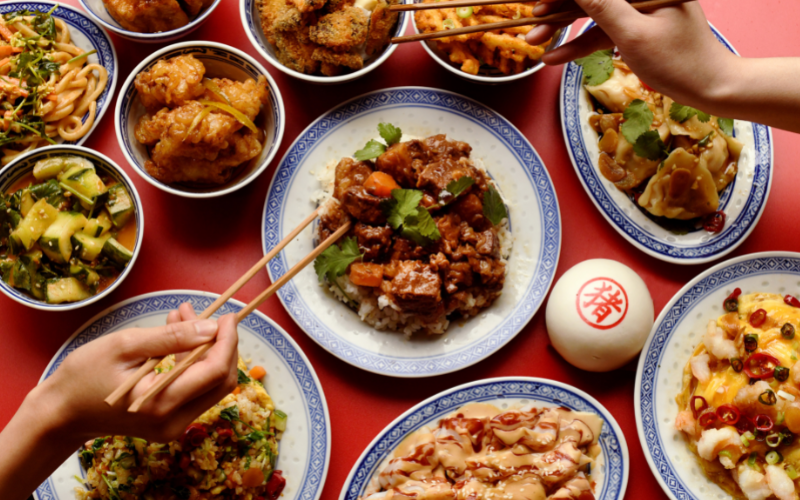
Cantonese steamed bun restaurant Bun House has opened a second London location in Camden’s Hawley Wharf. The new site will focus around paying homage to owner Z He’s childhood memories and comfort foods. Bun house specialises in Chinese-style bao that are served closed with the filling inside, unlike open Talwanese bao. The restaurants offering aligns with the growing number of consumers seeking cuisines from around the world and their sharing plates will lend themselves to socially-led dining occasions and reduced food waste. Bun House has a wide beer offering that will increase spend her head as dishes are lower in price, this is a key tool for operators to maintain margin as cost pressures mount.
Homeslice x Symplicity, Shoreditch – London

Homeslice has launched a fully vegan site in collaboration with Symplicity, a producer of a plant-based meat alternatives including meatballs, mince and sausages. The founders of Homeslice, Alan and Mark Wogan, along with chef Neil Rankin, founded Symplicity with the aim of creating nutritious alternatives to the processed meat-free products currently in the market. Homeslice with capitalise on growing trends of flexitarianism and reduced meat intake – almost of 33% of consumers identify as being flexitarian. The restaurants partnership with Symplicity will allow both brands to grow their following and create opportunities for further collaboration such as retail lines or stalls.

